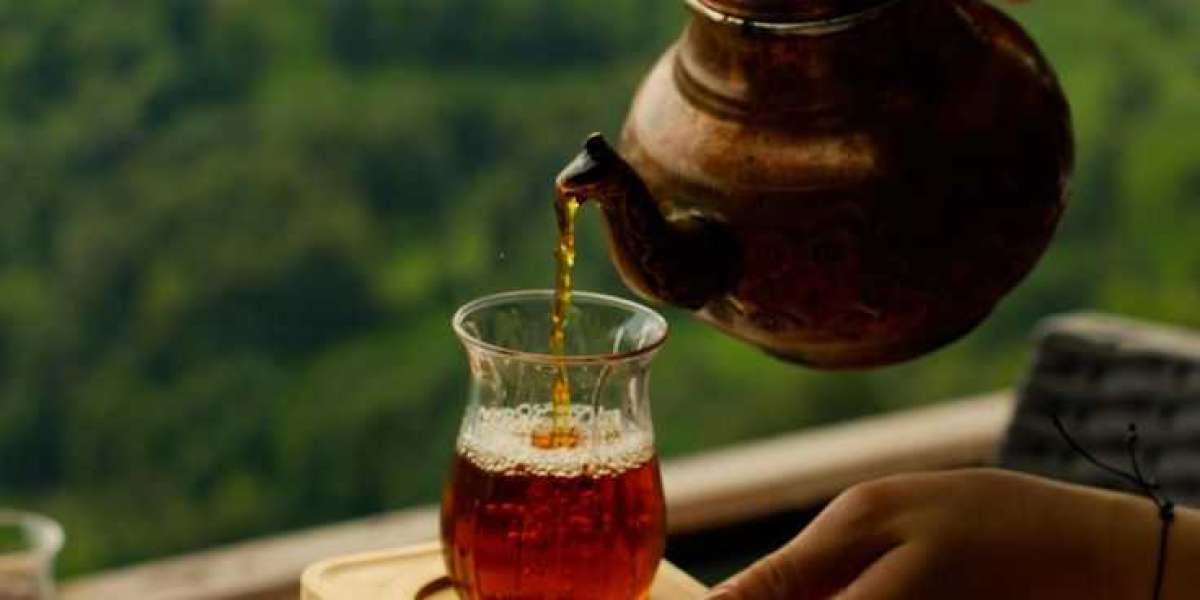In the world of Chinese tea, few objects carry as much weight as the Yixing teapot. Often passed down through generations, these clay teapots are not just brewing vessels—they are part of a living legacy.
Let’s explore how this tradition came to be, and how it continues to shape the identity of Chinese tea culture today.
? Ancient Roots in the Mountains of Jiangsu
Yixing, located near Lake Tai in Jiangsu Province, has long been a region of natural bounty. Around the Song and Yuan Dynasties, potters discovered a unique resource: purple clay (Zisha).
Composed of fine-grained minerals, quartz, and iron oxide, Zisha clay had properties that made it ideal for tea brewing:
It retained heat while allowing air flow
It enhanced the taste of tea over time
It required no glaze, staying pure and natural
The use of Zisha marked a turning point in teaware evolution.
?? Ming Dynasty: When Function Met Art
It was during the Ming Dynasty that the Yixing teapot came into full bloom. As loose-leaf tea grew in popularity, smaller brewing vessels became essential.
Craftsmen like Shi Dabin and Hui Mengchen pioneered forms that were both practical and sculptural. Each teapot was:
Hand-built, often without molds
Signed by the artist or workshop
Made in small batches with strict clay selection
These pots began to reflect the philosophy of their makers—calm, balanced, and grounded in nature.
? Transmission Through Dynasties and Borders
By the Qing Dynasty, Zisha teapots were already being exported to Japan, Korea, and Europe. Their reputation for brewing superior tea spread across borders, and “Yixing” became synonymous with mastery.
In the 20th century, political and economic shifts posed challenges, but Yixing’s artisan families preserved the craft. Today, some studios operate with direct lineage from centuries past.
?️ Tradition Meets Modern Appreciation
Modern Zisha artists blend old techniques with new forms—some minimalist, some experimental. But the heart remains the same: a respect for the clay, and for the tea.
Collectors and drinkers alike continue to choose Zisha teapots for:
Their seasoning ability
Their aesthetic harmony
Their deep connection to Chinese heritage
At TeaTeapot.com, we work with skilled Yixing artists to bring genuine, traditionally fired Zisha teapots to tea lovers worldwide.
Conclusion
From the mountain kilns of Yixing to your own tea table, the Zisha teapot carries with it the spirit of Chinese craftsmanship and the wisdom of the leaf. Owning one is more than drinking tea—it’s participating in an unbroken tradition a thousand years strong.
? Begin your Yixing journey at TeaTeapot.com — where every pot tells a story.








